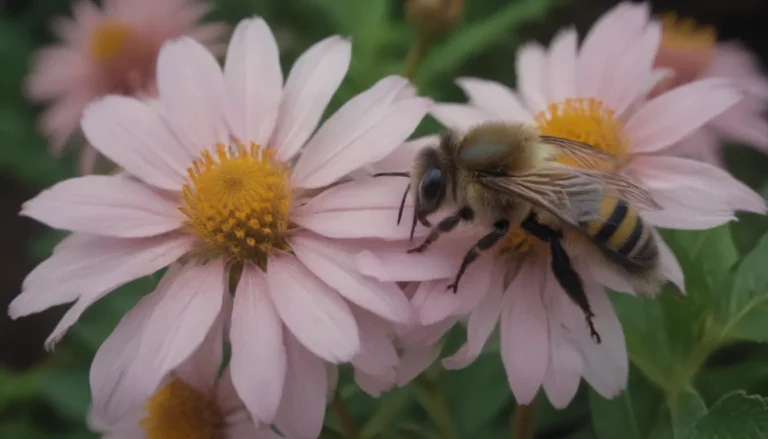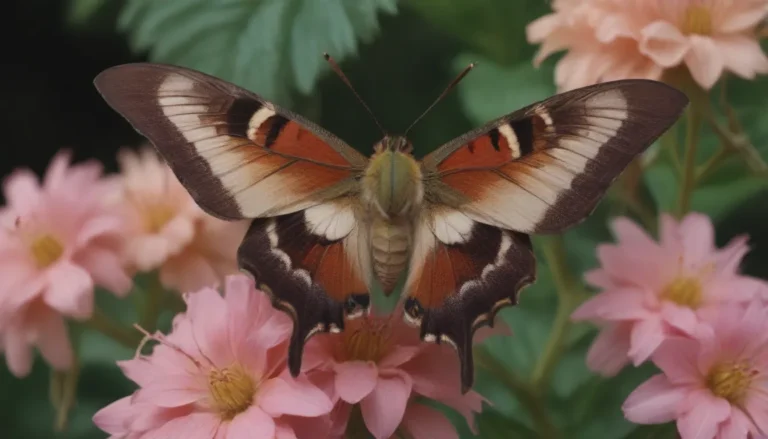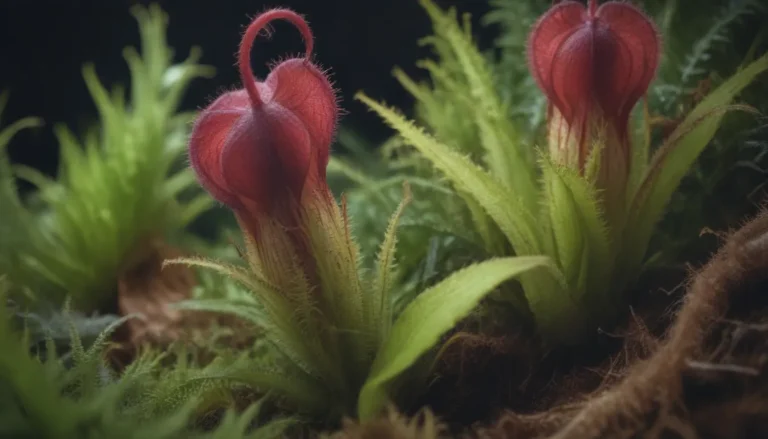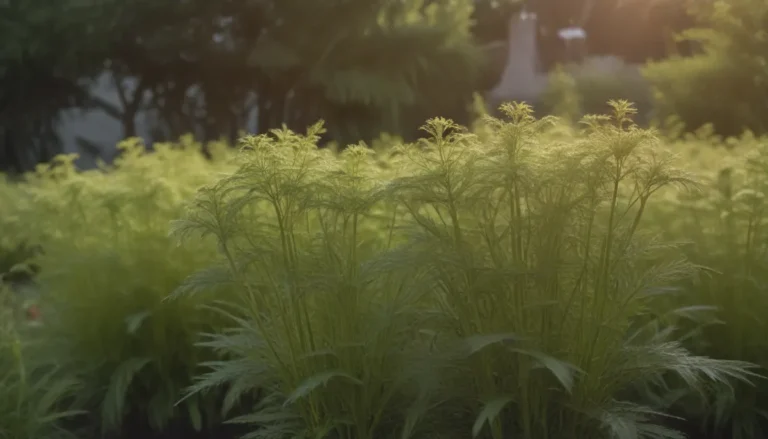The Ultimate Guide to Growing and Caring for Chinese Forget-Me-Not (Cynoglossum Amabile)
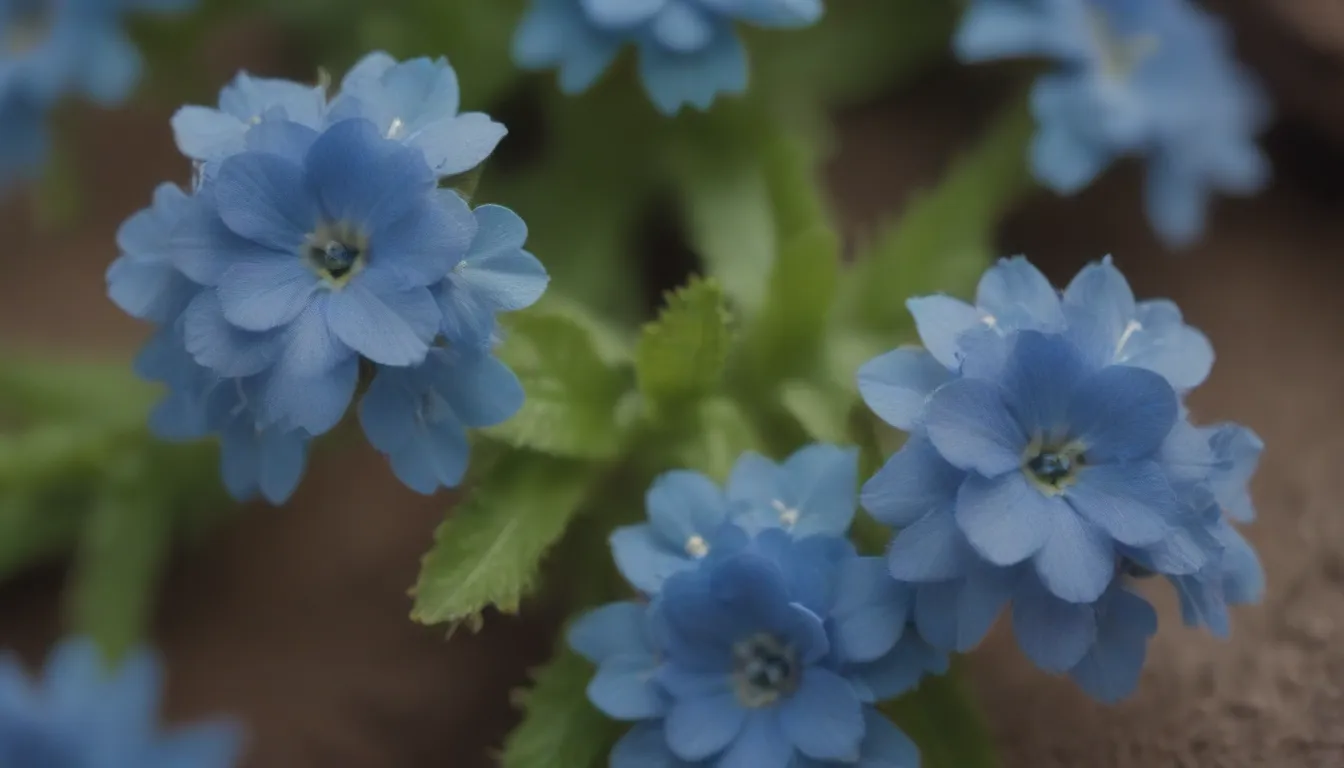
Are you looking to add a pop of color to your garden with beautiful sprays of blue, pink, or white blooms? Look no further than the charming Chinese forget-me-not (Cynoglossum amabile). This flowering plant is a favorite among flower farmers and gardeners for its hardy nature and quick blooming period. In this in-depth guide, we will explore everything you need to know about growing and caring for Chinese forget-me-not to help you create a stunning floral display in your own backyard.
Getting to Know Chinese Forget-Me-Not
Chinese forget-me-not is a versatile plant that can be grown as a hardy annual or biennial. Unlike woodland forget-me-nots, Chinese forget-me-not blooms the same year it is planted, making it a popular choice for those looking for quick results. With stems that can reach up to 2 feet tall, this plant is ideal for cutting gardens and floral arrangements.
Light
Chinese forget-me-not thrives in full sun, receiving at least six hours of sunlight per day. However, it can also tolerate partial shade with two to six hours of sunlight daily. In warmer regions, consider planting Chinese forget-me-not in an area that gets afternoon shade to protect it from the scorching summer heat.
Soil
This plant prefers loamy, well-drained soil enriched with organic matter. Ensure the soil is capable of holding moisture while providing essential nutrients for healthy growth. While Chinese forget-me-not does not do well in heavy clay soils, it can tolerate fair to poor-quality soil.
Water
Proper watering is essential for Chinese forget-me-not. Keep the soil evenly moist, but avoid overwatering as it can lead to fungal issues. After germination, ensure to water seedlings well to promote healthy growth.
Temperature and Humidity
Chinese forget-me-not is a cool-weather annual that can be seeded before the last frost in spring. However, mature plants are not cold-hardy and will die back with the first frost in fall. High temperatures and humidity during summer may impact the plant’s ability to bloom through the fall season.
Fertilizer
Unlike other plants, Chinese forget-me-not does not require regular feeding throughout the season. Prior to sowing seeds in early spring, enrich the soil by incorporating organic compost into the planting bed.
Types of Chinese Forget-Me-Not
- ‘Blue Showers’
- ‘Firmament’
- ‘Mystic Pink’
- ‘White’
Pruning Techniques
Pruning Chinese forget-me-not is not mandatory, but you may choose to cut back the plant after flowering. Collecting seed heads can prevent the plant from spreading excessively and taking over your garden bed.
Propagating Chinese Forget-Me-Not
Chinese forget-me-not is an annual or biennial that blooms in its first year and grows effortlessly from seed. Therefore, it is typically direct-seeded rather than propagated through other methods.
Growing Chinese Forget-Me-Not From Seed
To grow Chinese forget-me-not from seed, direct sow the seeds three to four weeks before the last frost in your region. In warmer areas, consider planting seeds in the fall for spring germination. Ensure to cover the seeds with a quarter-inch layer of soil and maintain consistent moisture in the soil. Seeds generally sprout within seven to ten days and the plant will readily reseed itself once established.
Common Pests & Diseases
Chinese forget-me-not is relatively resilient to pest infestations and diseases. However, preventing fungal issues by providing adequate spacing and avoiding overwatering is essential for maintaining plant health.
Tips for Encouraging Blooms
If your Chinese forget-me-not plants are not blooming as expected, consider relocating them to a sunnier spot with more sunlight exposure. Regularly deadheading spent blooms and harvesting flowers for bouquets can extend the blooming period and promote healthier growth.
Chinese Forget-Me-Not FAQ
- Bloom Months: Chinese forget-me-not typically blooms from early summer through the first frost in fall in cool and temperate climates.
- Bloom Duration: Regularly harvesting flowers and preventing plants from going to seed can extend the blooming period throughout summer and fall.
- Flower Appearance: Chinese forget-me-not flowers resemble biennial forget-me-nots, featuring sprays of small blue, pink, or white flowers with distinctive centers.
- Scent: While Chinese forget-me-not flowers are known for their appearance, they do not possess a distinct aroma.
Troubleshooting Common Problems
- White Spots on Leaves: Pale, powdery spots may indicate powdery mildew. To prevent the spread, remove affected plant parts and maintain dry foliage.
- Brown Spots on Leaves: Brown spots on the foliage, especially on the undersides, can signal a fungal infection. Similar preventative measures apply to avoid downy mildew.
- Plants Wilting: If plants are drooping or wilting, insufficient watering, particularly in hot and dry conditions, may be the cause. Water deeply and frequently to ensure proper hydration.
In conclusion, Chinese forget-me-not is a delightful addition to any garden due to its vibrant blooms and ease of cultivation. By following the care tips outlined in this guide, you can ensure that your Chinese forget-me-not plants flourish and provide a stunning display throughout the growing season. Experiment with different varieties and planting techniques to create a personalized garden oasis that will be the envy of all your neighbors. Happy gardening!


